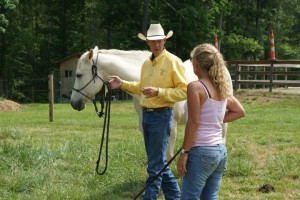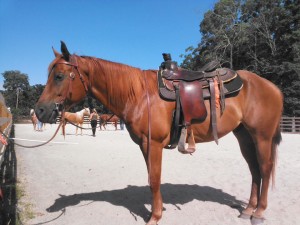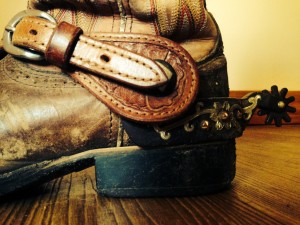So You Want to be a Horse Trainer
Wanted! Trainer to Start My 3-Year-Old Warm Blood Words to a trainer’s ear. But really, is the hunt worth the catch? Depends if you want to work twelve-hour days in the blistering heat or cold, wet, dirty, and many times sore from hitting the ground from that poor horse that’s been passed from trainer to trainer until someone (i.e., you) took the time to help him sort things out. You spend your time wondering if the next horse is coming in as scheduled and hoping the last client’s check clears the bank so you can make your rent or




